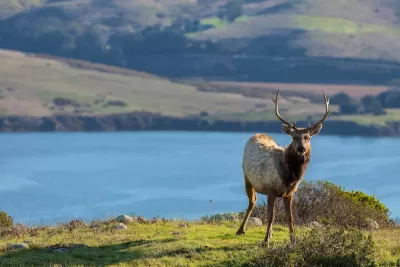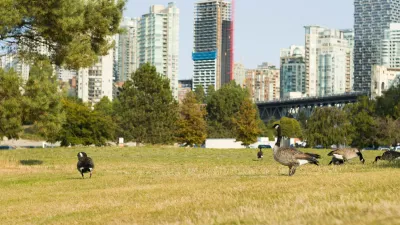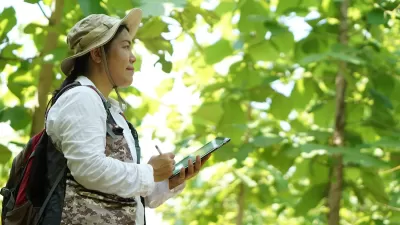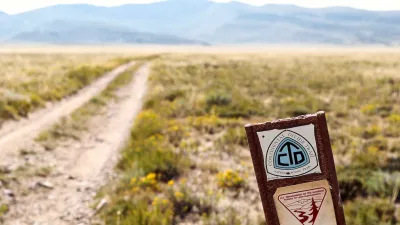This year marks the fifth annual California Biodiversity Day, established in 2018 to celebrate and encourage actions to protect the state’s exceptional biodiversity.

California is one of the most biodiverse regions in the world and is designated as a biodiversity hotspot—an area that contains exceptional concentrations of endemic plant and animal species (i.e., those that occur nowhere else)—but also experiences high rates of habitat loss. For example, California has over 6,500 types of native plants, of which over one-third are endemic. In 2018, Governor Brown established California Biodiversity Day, along with the Biodiversity Initiative. Since then, several Executive Orders and other actions by the Newsom administration, including the 30x30 Conservation Strategy, have built on this foundation to understand and protect California’s unique and precious natural resources.
In 2023, more than 20 state parks will be hosting Biodiversity Day events all over the state: from Bidwell-Sacramento River State Park in the north to Torrey Pines State Natural Reserve and Salton Sea State Recreation Area in the south. State Parks encourages the public to join an event or go out on their own to explore and appreciate California’s biodiversity and record species they observe with the iNaturalist app. This is the same app used for the City Nature Challenge which is an international effort for people to find and document plants and wildlife in cities across the globe (see this post).
To learn more about various activities taking place to celebrate this year's California Biodiversity Day, please read the source article.
FULL STORY: Celebrate California Biodiversity Day with More Than 60 Events at More Than 40 California State Parks

Maui's Vacation Rental Debate Turns Ugly
Verbal attacks, misinformation campaigns and fistfights plague a high-stakes debate to convert thousands of vacation rentals into long-term housing.

Planetizen Federal Action Tracker
A weekly monitor of how Trump’s orders and actions are impacting planners and planning in America.

San Francisco Suspends Traffic Calming Amidst Record Deaths
Citing “a challenging fiscal landscape,” the city will cease the program on the heels of 42 traffic deaths, including 24 pedestrians.

Defunct Pittsburgh Power Plant to Become Residential Tower
A decommissioned steam heat plant will be redeveloped into almost 100 affordable housing units.

Trump Prompts Restructuring of Transportation Research Board in “Unprecedented Overreach”
The TRB has eliminated more than half of its committees including those focused on climate, equity, and cities.

Amtrak Rolls Out New Orleans to Alabama “Mardi Gras” Train
The new service will operate morning and evening departures between Mobile and New Orleans.
Urban Design for Planners 1: Software Tools
This six-course series explores essential urban design concepts using open source software and equips planners with the tools they need to participate fully in the urban design process.
Planning for Universal Design
Learn the tools for implementing Universal Design in planning regulations.
Heyer Gruel & Associates PA
JM Goldson LLC
Custer County Colorado
City of Camden Redevelopment Agency
City of Astoria
Transportation Research & Education Center (TREC) at Portland State University
Jefferson Parish Government
Camden Redevelopment Agency
City of Claremont





























